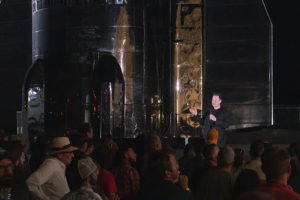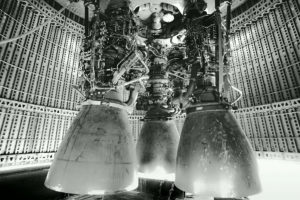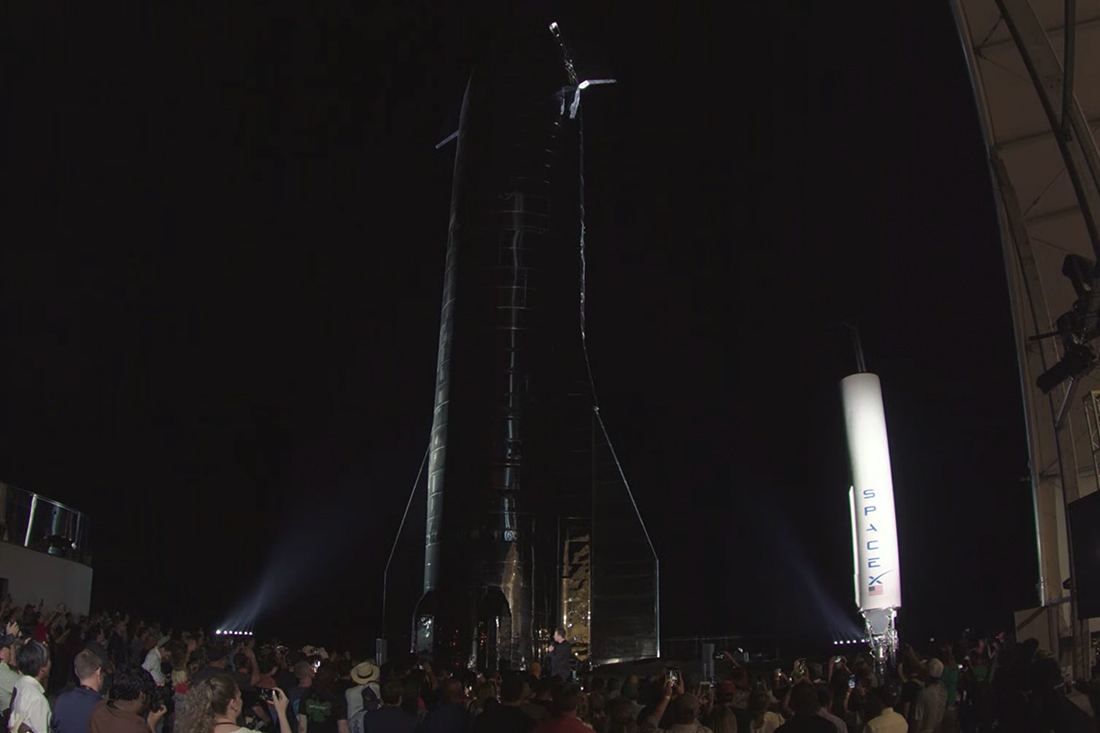In less than six months, residents from Brownsville and Boca Chica Village have a 50% chance of viewing the first Starship prototype reach orbit from their backyards, SpaceX CEO Elon Musk says.
Saturday marked the 11th anniversary of Falcon 9 reaching orbit for the first time. Since then, SpaceX has completed 78 launches and developed “the world’s only operational reusable orbital class rockets and spacecraft–capable of launching [into] space, returning to Earth and flying again,” according to its Twitter.
During a presentation at the Boca Chica launch site, Musk spoke to the public on updates regarding Starship and answered questions from the media and space enthusiasts.

A livestream of the presentation was available on the SpaceX website.
Musk spoke about rapidly reusable rockets, a concept that allows future space travel to become as common as air travel.
Behind the SpaceX CEO stood a triple-engine Mk1, a prototype of Starship, which Musk hopes will aid in his interplanetary travel plans.
“It appears that consciousness is a very rare and precious thing and we should take whatever steps we can to preserve the light of consciousness and the window has been open,” he said. “Only now, after four-and-a-half billion years, is that window open. … I think we should become a multiplanet civilization while that window is open and if we do, I think the probable outcome for Earth is even better because then, you know, Mars can help Earth one day.”
The Starship will be a self-landing rocket similar to the Starhopper, a 60-foot cylinder prototype equipped with a single Raptor engine that flew about 500 feet from the Boca Chica launch site earlier this year.
Musk’s ultimate goal is to have a 37-engine rocket, which he refers to as Super Heavy, at the base of Starship.
Until then, the SpaceX CEO said the company will build Marks 3 to 5 in the next few months.
“I do think things are going to move very fast,” Musk said. “So, our plan is, basically, in one to two months, to do the 20-kilometer or 65-foot flight with Starship Mark 1. Our next flight after that might be all the way to orbit with a booster and the ship.”
He added people can be flying to space in about one year.

During the Q&A session, Musk addressed life support on ships, how the Boca Chica facility may look in a decade and what effect future SpaceX projects may have on local residents.
“You want to have a regenerative life support system,” he said. “That just means you’re recycling everything. The life support system is straightforward–take out water vapor and CO2 and convert it back to O2, not hard.”
Musk emphasized that early flights of Starship will have no people. The first flights to Mars will be automatic before sending a crew.
Asked what he thinks the Boca Chica launch site will look like in 10 years, the SpaceX CEO replied he thinks there will be more buildings.
“A lot more stuff, like way more stuff than is currently here,” he said. “One of the things that I think will be quite important to have locally is propellant production. So, trucking massive, you know, thousands of tons of liquid oxygen to the site doesn’t make a ton of sense. We should really produce the liquid oxygen here and by the way, we have gaseous oxygen in the atmosphere, so we basically just need electricity.”
Musk addressed if flight opportunities will be able to coexist with the residents of Boca Chica Village, to which he responded he does not see any fundamental obstacles.
“We are working with the residents of Boca Chica Village because we think, over time, it’s going to be quite disruptive to live in Boca Chica Village,” he said. “It’ll end up needing to get cleared for safety a lot of times, so I’d say, probably not very comforting to the Boca Chica Village. I mean, I think the actual danger to Boca Chica Village is low but it’s not tiny; so therefore, we want super tiny risks. So, probably, over time, [it will be] better to buy out the Village and we’ve made an offer to that effect.”
–Victor G. Ramirez and Leslie Medrano contributed to this report.






